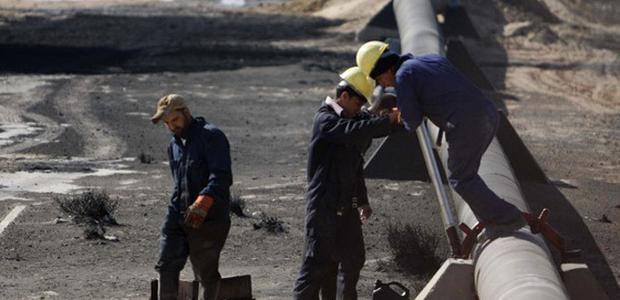The Bulgarian government is now envisioning the prospective IGB (Interconnector Greece Bulgaria) pipeline as a main gas supply route that may cover both its domestic needs as well as those of the neighboring markets of Romania, Serbia, the Former Yugoslav Republic of Macedonia (Fyrom), and even Ukraine, traditionally entirely dependent on Russian supply.
As a result, Bulgarian officials are examining the prospect of doubling the IGB pipeline’s annual capacity from five billion cubic meters – it will begin operating at three billion cubic meters before being increased to five billion cubic meters – to ten billion cubic meters.
The thoughts of increasing capacity precede the upcoming results of a new market test that will show the gas pipeline’s guaranteed consumer demand level, which will indicate whether the project is economically feasible. The market test result is due at the end of February. These early thoughts of a capacity increase indicate that Bulgarian officials see great potential in the IGB project.
The troubled biltareral ties between Russia and Ukraine and threat of a cut in the Russian supply route to Ukraine has increased the emphasis being placed on the role that may be played by the IGB pipeline in the wider region. Russia has announced it will cut supply to Ukraine in 2019.
If so, Bulgaria plans to make available gas supply running through the IGB pipeline, stemming from the TAP (Trans Adriatic Pipeline) project to carry Azeri natural gas to Europe, as well as US gas via the prospective LNG terminal in Alexandroupoli, northeastern Greece, and other sources, including the LNG terminal in Revythoussa, an islet in the Saronic Gulf, close to Athens.
The IGB project is expected to be completed in 2018. If the thoughts of Bulgarian officials to double its capacity are actualized then a capacity increase of the LNG terminal being planned by Gastrade for Alexandroupoli will certainly follow.
For the time being, a new market test needs to be completed following the recent final investment decision. A first test conducted between May, 2013 and September, 2014 failed to produce satisfactory results.
The project’s budget is estimated at 240 million euros, of which 220 million euros concern construction costs, while its annual operating cost is estimated at 4.5 million euros. Signalling this infrastructure project’s importance, the European Commission has committed 45 million euros of furnding for the IGB’s development.
Poseidon SA, a venture formed by Italy’s Edison and DEPA, Greece’s Public Gas Corporation, holds a 50 percent stake in the consortium established to construct and operate the IGB pipeline. Bulgarian state-run company BEH holds the other 50 percent of the IGB consortium.
The IGB pipeline will run from Komotini, in Greece’s northeast, to Stara Zagora in Bulgaria, for a total length of approximately 170 kilometers.
The main purpose of the IGB pipeline will be to break Bulgaria’s virtual full dependence on Russian natural gas supplied by Gazprom. US State Department officials have expressed great interest in the project’s development, as they have made clear on every recent official visit to Greece. A series of visits were made by US officials to the region last October and November. Amos Hochstein, the US Special Envoy and Coordinator for International Energy Affairs, prepared the ground for an ensuing visit by Secretary of State John Kerry. Also, Greek Prime Minister Alexis Tsipras was in New York City last September, where he met with Kerry.
Construction of the IGB project is scheduled to begin in the second half of this year and is expected to be ready to operate in the second half of 2018.





